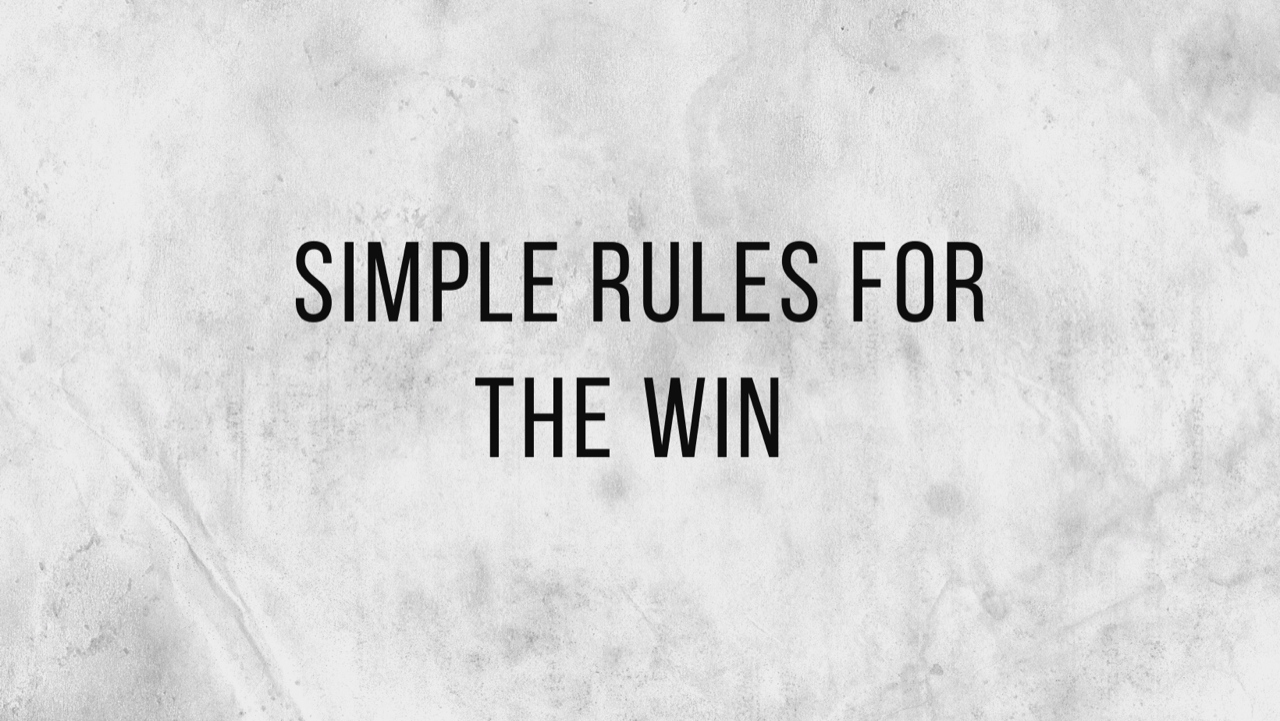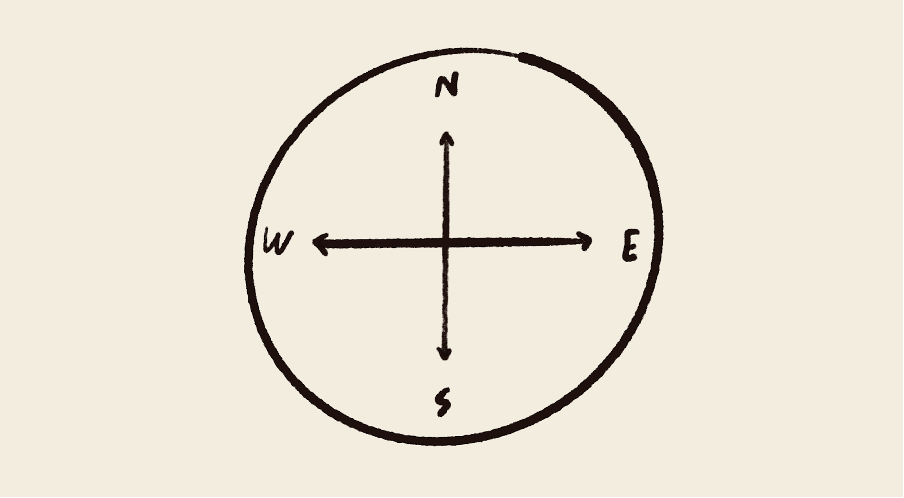The 7 Different Types of Income
“Don’t stay in bed, unless you can make money in bed.”
There are many different ways to make a living.
The most popular method by far is a job.
But did you know there are six other ways to receive an income?
This post looks at the difference between them and why it’s a good idea to have more than one way of making money.
The great thing about income is that it is uncapped. Unlike living costs, which you can only cut so far, there is no ceiling to how much you can earn.
1. Earned Income
The money you receive from a 9-5 is known as ‘earned’ income. This is because you ‘earn’ the money in exchange for your labour.
An earned income is often referred to as a salary. The word ‘salary’ comes from the Latin for salt because the Roman paid their soldiers in the stuff.
2. Profit Income
‘Profit’ income refers to any money left over from selling a product or service after covering your costs.
For example, if you sell a painting for £150 and it costs you £10 in painting materials, and you price your time at £25 an hour, and it takes you two hours, then your profit will be £80 (£150 minus £70).
3. Interest income
If you lend money to a bank or individual, any income you receive is classed as ‘interest’ income.
For example, if you have money in a savings account, the bank will pay you interest on that amount.
Interest is measured in percentage terms. So if your bank pays 2% interest per annum and you have £100 in your account, you can expect to receive £2 in interest at the end of the year.
Just don’t go spending it all at once!
4. Dividend income
‘Dividend’ income is money you earn from owning stocks.
The company pays you a dividend from a portion of its profits. However, not all companies pay out dividends.
If you own a business, paying dividends can be an intelligent way to reduce your income tax because they are taxed at a lower rate.
5. Rental income
If you own a property and let it out to somebody, then the money you receive is classified as ‘rental’ income.
You can also earn rental income from lending out other assets such as your car through platforms like turo.com or your parking space via sites like justpark.com.
6. Capital gains income
If you have assets like shares and property and they appreciate, then the difference between what you paid for them and what you receive when you sell them is called ‘capital gains’ income.
7. Royalty income
Lastly, there is ‘royalty’ income, which you receive from selling your ideas.
For example, musicians earn ‘royalties’ when their music is played on the radio, streamed on Spotify or featured in films or advertisements.
What’s the difference between ‘active’ and ‘passive’ income?
‘Passive’ income refers to anything you earn that doesn’t involve actively working.
Creating an online course is an example.
Technically, it involves some work upfront to write the course and additional maintenance such as keeping the material up to date.
Still, most of the time, it will generate income without you having to do anything.
This represents the holy grail of ‘earning money while you sleep’, which is an attractive proposition as it frees you up to do more of what you value.
Why it's wise to have more than one type of income
It’s a good idea to create multiple income streams so that you’re not dependent on one source of income.
If you only have a job and lose it, you will be under financial pressure until you find a new one.
The other reason for having different sources of income is that it makes it easier to build wealth.
Why making money is different from building wealth
Generating income, i.e. making money, is not the same as building wealth.
It’s possible to have a high income and not be wealthy. This means that your living expenses either match or exceed your income.
In other words, you are living paycheck to paycheck.
A surprising number of people earning six figures live this way because they maintain a high standard of living which means they have no money left at the end of the month.
Worse, they can end up taking on consumer debt by using credit cards to make up for any shortfall in their income.
However, if you create multiple income streams and spend less than you earn and invest the difference, you can build up a substantial amount of money.
Many people have successfully built significant wealth following this strategy.
For example, some people have generated great riches by building property portfolios made of residential or commercial property (and sometimes a mix of both) from which they earn ‘rental’ income.
Buying property isn’t cheap, so they often use leverage to borrow money from a bank or group of investors to acquire the buildings. They then pay back the borrowed money over time from the profits they generate from their rental income or through capital gains income when they sell the property.
But property isn’t the only option.
Alternatively, you could start a simple online business selling handmade goods using an existing sales platform like Etsy or Shopify.
This would require considerably less capital to set up.
Just be aware that wealth-building takes time.
Revenue is income a business receives
The income your business earns from its customers is known as ‘revenue’.
Your revenue minus your operating costs equal your profit. Your total operating cost is what it takes to run your business and is made up of things like salaries, rent, utilities, insurance and so on.
While increasing your revenue over time is desirable, don’t forget the adage ‘revenue is vanity, profit is sanity’.
In other words, revenue is only half the picture. Your business could be making a decent revenue but if your costs outweigh the amount then you are losing money.
As a business exists to make money for its owners in the form of profit, this is ultimately a poor strategy (other than in some specific cases like high-growth venture-backed startups).






